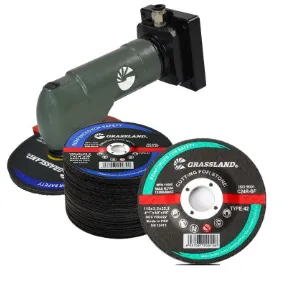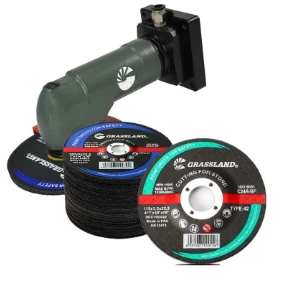

5. Resinoid and Reinforced Wheels These wheels are often mixed with a resin-based bonding agent and reinforced with fiberglass materials. They are versatile and resilient, ideal for applications requiring quick and aggressive cuts, particularly in metal fabrication and construction work. Professional operators and engineers recognize that choosing the correct bonding agent is as central as the abrasive material itself. The bond—resin, vitrified, metal, or rubber—determines the wheel's cutting efficiency, heat resistance, and chip removal rate. Safety cannot be overstated in grinding processes. Certified training and understanding of OSHA regulations are vital in mitigating risks associated with high-speed wheel operations. Safety protocols should encompass wheel inspection, secure mounting, and appropriate PPE usage to assure operator safety and prolong the equipment's life. Regular maintenance through dressing—reshaping the wheel surface and exposing fresh abrasive grains—ensures consistent performance. This practice prevents glazing, where the wheel’s abrasive surface becomes dull and loses cutting capacity, compromising efficiency and surface finish quality. Empirical evidence and extensive experience reveal that successful application of grinding wheels requires a nuanced understanding of material properties, operating parameters, and environmental conditions. As technology evolves, advancements in abrasive materials and bonding agents promise enhanced performance, leading to greater precision and efficiency in industrial applications. This intricate interplay of materials, engineering, and practice positions grinding wheels not merely as tools, but as fundamental components driving forward manufacturing prowess in the 21st century.
Post time:Jan - 13 - 2025

















